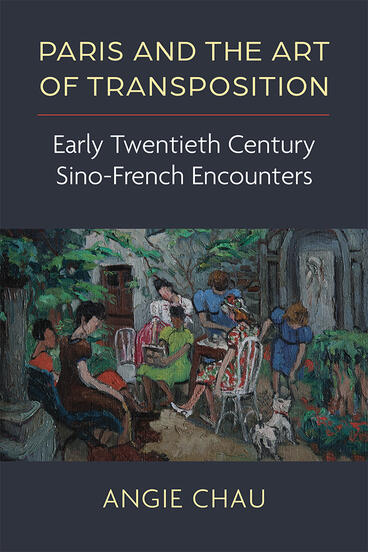Paris and the Art of Transposition
Early Twentieth Century Sino-French Encounters
How Chinese artists created a transnational imaginary
Description
A brief stay in France was, for many Chinese workers and Chinese Communist Party leaders, a vital stepping stone for their careers during the cultural and political push to modernize China after World War I. For the Chinese students who went abroad specifically to study Western art and literature, these trips meant something else entirely. Set against the backdrop of interwar Paris, Paris and the Art of Transposition uncovers previously marginalized archives to reveal the artistic strategies employed by Chinese artists and writers in the early twentieth-century transnational imaginary and to explain why Paris played such a central role in the global reception of modern Chinese literature and art.
While previous studies of Chinese modernism have focused on how Western modernist aesthetics were adapted or translated to the Chinese context, Angie Chau does the opposite by turning to Paris in the Chinese imaginary and discussing the literary and visual artwork of five artists who moved between France and China: the painter Chang Yu, the poet Li Jinfa, the art critic Fu Lei, the painter Pan Yuliang, and the writer Xu Xu. Chau draws the idea of transposition from music theory where it refers to shifting music from one key or clef to another, or to adapting a song originally composed for one instrument to be played by another. Transposing transposition to the study of art and literature, Chau uses the term to describe a fluid and strategic art practice that depends on the tension between foreign and familiar, new and old, celebrating both novelty and recognition—a process that occurs when a text gets placed into a fresh context.
Angie Chau is Assistant Professor of Chinese Literature and Film at the University of Victoria.
Reviews
“Paris and the Art of Transposition is a must-have reference for anyone working in the fields of France and China, regardless of the medium of the objects one studies. Chau’s writing is clear and accessible, while intelligent and sophisticated.”
- Michelle Bloom
—Michelle Bloom, University of California, Riverside
“The scholarship of Paris and the Art of Transposition is excellent and the research highly original. The theme of 'transposition' makes this book interesting methodologically and provides a new perspective to look at art and literature of this period.”
- Kuiyi Shen
—Kuiyi Shen, University of California, San Diego

